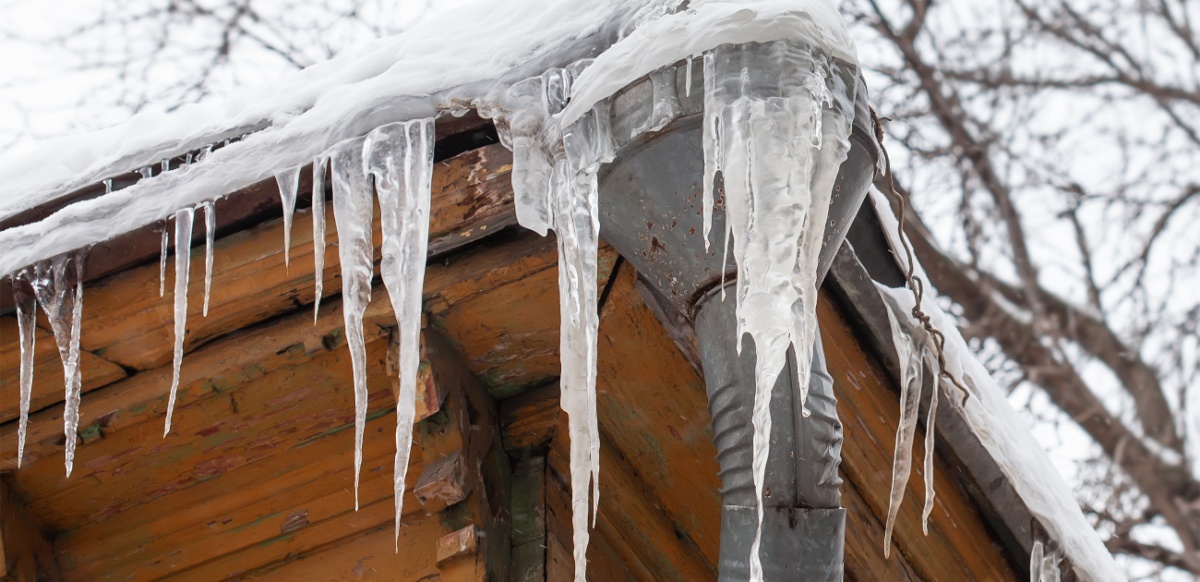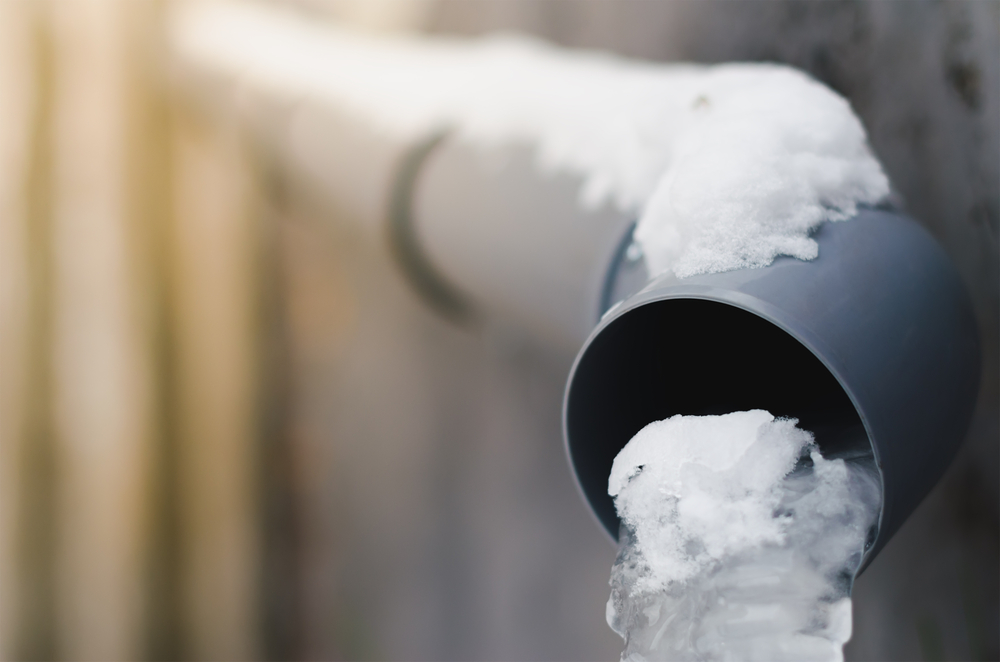Shielding Your Pipes from Cold Weather Damage: Essential Tips
Shielding Your Pipes from Cold Weather Damage: Essential Tips
Blog Article
Are you searching for critical information on Winter Plumbing Precautions: Preventing Frozen Pipes?

Cold weather can ruin your plumbing, particularly by freezing pipelines. Here's just how to prevent it from taking place and what to do if it does.
Introduction
As temperatures decline, the risk of icy pipes boosts, potentially causing costly repair services and water damages. Comprehending just how to avoid icy pipes is vital for homeowners in chilly environments.
Avoidance Tips
Insulating prone pipelines
Cover pipes in insulation sleeves or use warmth tape to protect them from freezing temperatures. Focus on pipelines in unheated or external locations of the home.
Home heating strategies
Maintain indoor spaces appropriately warmed, specifically areas with pipes. Open up cabinet doors to allow cozy air to circulate around pipelines under sinks.
How to recognize icy pipes
Try to find lowered water flow from taps, uncommon odors or noises from pipes, and visible frost on exposed pipes.
Long-Term Solutions
Architectural changes
Consider rerouting pipelines far from outside walls or unheated areas. Add extra insulation to attic rooms, cellars, and crawl spaces.
Upgrading insulation
Buy top quality insulation for pipes, attic rooms, and wall surfaces. Proper insulation helps keep constant temperatures and reduces the danger of frozen pipes.
Protecting Exterior Plumbing
Garden pipes and outdoor taps
Disconnect and drain pipes garden hose pipes prior to wintertime. Mount frost-proof spigots or cover exterior faucets with shielded caps.
Understanding Frozen Pipes
What triggers pipelines to freeze?
Pipelines ice up when exposed to temperatures below 32 ° F (0 ° C) for prolonged durations. As water inside the pipelines ices up, it increases, taxing the pipe walls and potentially causing them to break.
Threats and problems
Icy pipelines can lead to water supply disruptions, building damages, and expensive repair work. Ruptured pipelines can flood homes and trigger substantial architectural damage.
Signs of Frozen Pipes
Identifying icy pipes early can prevent them from breaking.
What to Do If Your Pipes Freeze
Immediate actions to take
If you believe icy pipes, maintain faucets open up to soothe pressure as the ice thaws. Utilize a hairdryer or towels soaked in warm water to thaw pipes gradually.
Conclusion
Protecting against frozen pipelines requires positive measures and quick feedbacks. By understanding the causes, indicators, and preventive measures, house owners can shield their plumbing during winter.
5 Ways to Prevent Frozen Pipes
Drain Outdoor Faucets and Disconnect Hoses
First, close the shut-off valve that controls the flow of water in the pipe to your outdoor faucet. Then, head outside to disconnect and drain your hose and open the outdoor faucet to allow the water to completely drain out of the line. Turn off the faucet when done. Finally, head back to the shut-off valve and drain the remaining water inside the pipe into a bucket or container. Additionally, if you have a home irrigation system, you should consider hiring an expert to clear the system of water each year.
Insulate Pipes
One of the best and most cost-effective methods for preventing frozen water pipes is to wrap your pipes with insulation. This is especially important for areas in your home that aren’t exposed to heat, such as an attic. We suggest using foam sleeves, which can typically be found at your local hardware store.
Keep Heat Running at 65
Your pipes are located inside your walls, and the temperature there is much colder than the rest of the house. To prevent your pipes from freezing, The Insurance Information Institute suggests that you keep your home heated to at least 65 degrees, even when traveling. You may want to invest in smart devices that can keep an eye on the temperature in your home while you’re away.
Leave Water Dripping
Moving water — even a small trickle — can prevent ice from forming inside your pipes. When freezing temps are imminent, start a drip of water from all faucets that serve exposed pipes. Leaving a few faucets running will also help relieve pressure inside the pipes and help prevent a rupture if the water inside freezes.
Open Cupboard Doors
Warm your kitchen and bathroom pipes by opening cupboards and vanities. You should also leave your interior doors ajar to help warm air circulate evenly throughout your home.

Hopefully you enjoyed reading our section on How To Avoid Freezing Pipes. Thanks so much for finding the time to read our article post. Are you aware of another individual who is curious about the topic? Why not share it. Thank you for taking the time to read it.
Book An Estimate Now Report this page